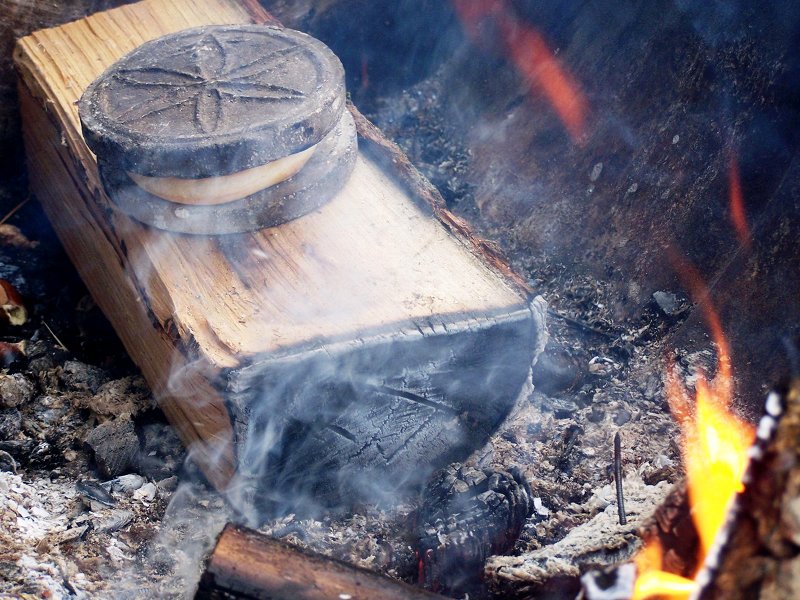Parco Regionale dei Sassi di Roccamalatina
www.parchiemiliacentrale.itCrescenta montanara (or Crescentina)
It originally was an unleavened bread (made with wheat flour, water,
and salt), afterwards enriched with new ingredients. It has a round
shape, and is cooked to be eaten together with something else (ideal
with pesto modenese, in this case it is also called condita).
In the past, tigelle (handmade terracotta slabs) were used, previously made red-hot in the fireplace.
Historical information and curiosities to discover this ancient
tradition, and not to mix up tigelle with crescentine, can be found in
the Park Visitor Center-Permanent Exhibit of the Tigella in Samone di
Guiglia.
© 2025 - Ente di gestione per i Parchi e la Biodiversità Emilia Centrale







